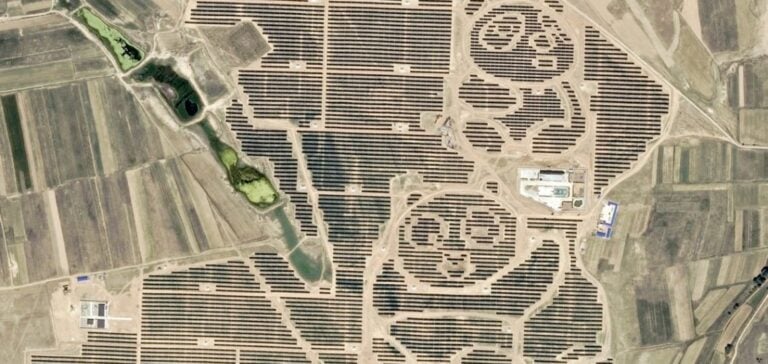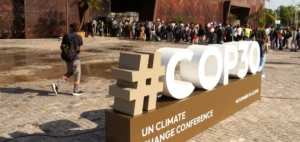China, a key player in the global energy sector, is taking a major step forward in its energy transition.
According to the latest data from the National Energy Administration (NEA), the combined capacity of wind and solar power surpassed that of coal in June 2024.
This marks a significant milestone for a country long dominated by fossil fuels.
Since 2020, China has stepped up its investment in renewable energies, with annual wind and solar power installations regularly exceeding 100 gigawatts (GW).
In 2023, the country set a record with 293 GW of installations, supported by large-scale renewable hub projects connected to the national grid as part of the first and second NEA rounds.
Expansion of Renewable Capacities
The shift to cleaner energy sources is largely driven by strict government policies to reduce carbon emissions.
In 2023, around 40 GW of coal-fired capacity was added, but this figure dropped to 8 GW in the first half of 2024.
This trend illustrates China’s commitment to renewable energies as a means of reducing its carbon footprint.
China’s coal sector is seeing a gradual reduction in its small-scale power plants, which are being modernized or decommissioned to reduce emissions.
As a result, the gap between coal and renewable capacity additions has widened considerably, reaching a ratio of 16 to 1 in the first half of 2024.
Projections and Challenges
China is gearing up for future renewable energy dominance, with projections indicating that solar power will become the country’s main energy source by 2026, with cumulative capacity exceeding 1.38 terawatts (TW).
However, this rapid growth poses challenges, not least the intermittent use of renewable energies and low utilization rates.
To meet these challenges, China needs to modernize its grid infrastructure to improve transmission flexibility and storage capacity.
Battery storage will be crucial to maintaining grid reliability and ensuring stability in the face of expanding renewables.
Impact of the Solar and Wind Initiatives
Solar power, in particular, is experiencing rapid growth, supported by significant reductions in production costs and the development of large-scale projects.
Photovoltaics (PV) has seen a notable increase, with 87 GW added in 2022 and 105 GW in the first half of 2023.
Projections for the second half of the year call for the addition of 125 GW, bringing the total capacity of new solar installations to over 230 GW for the year.
Wind power, introduced in China in the early 2000s, has also seen steady growth.
In 2020, a record 71 GW of new wind power installations was reached, driven by the urgent need to secure feed-in tariffs before they were abolished.
Although installations fell over the following two years, they rebounded in 2023 with 75 GW of new additions.
For the first half of 2024, a further 25 GW were added, and Rystad Energy forecasts a further 50 GW for the second half.
China’s energy transition to renewable sources marks a decisive turning point.
The reduction in the addition of coal-fired capacity, coupled with the rapid expansion of wind and solar power, underlines a strong commitment to decarbonization.
However, to ensure the success of this transition, significant improvements in infrastructure and storage capacity are essential.
By overcoming these challenges, China could not only reduce its carbon footprint but also become a world leader in clean energy, transforming its economy and environment.






















